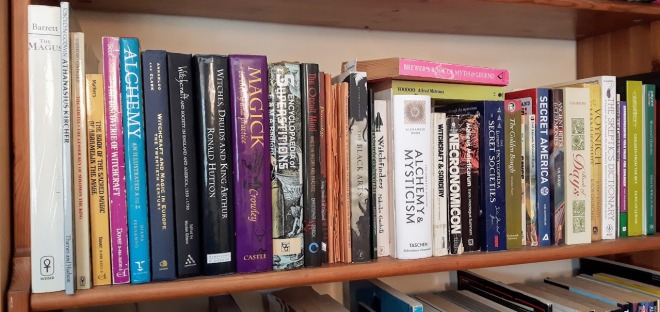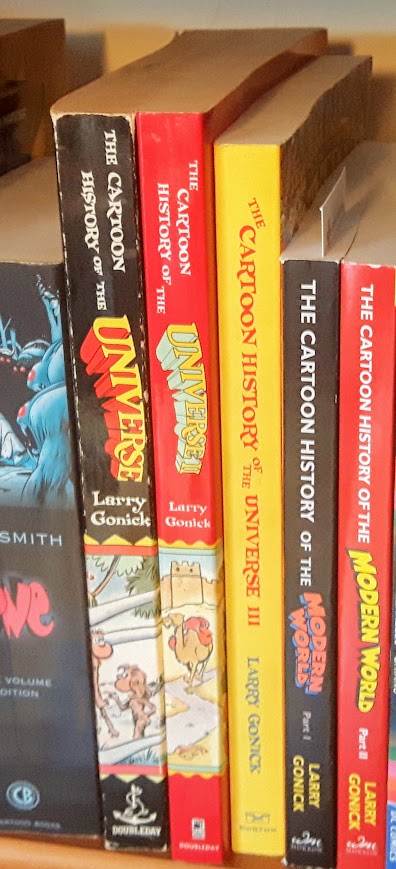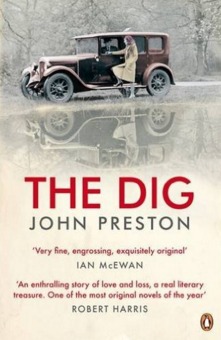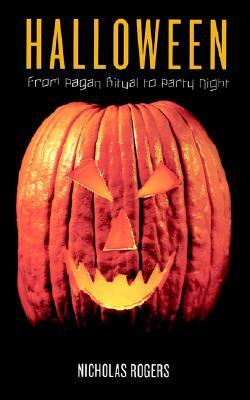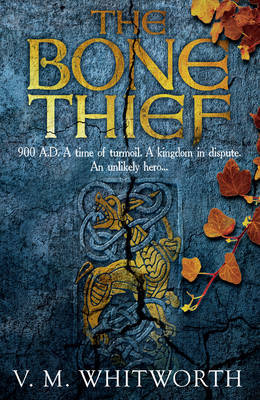Either I picked up The Riddle of Chung Ling Soo by Will Dexter in a charity shop or Allison picked it up for me, but either way it seemed like very much my kind of thing: a history of a weird, obscure subject. In this case, I was aware that Chung Ling Soo was a magician from the late 19th and early 20th century whose gimmick was based on being a “Chinese conjurer” but who was nothing of the kind, and that’s about it.
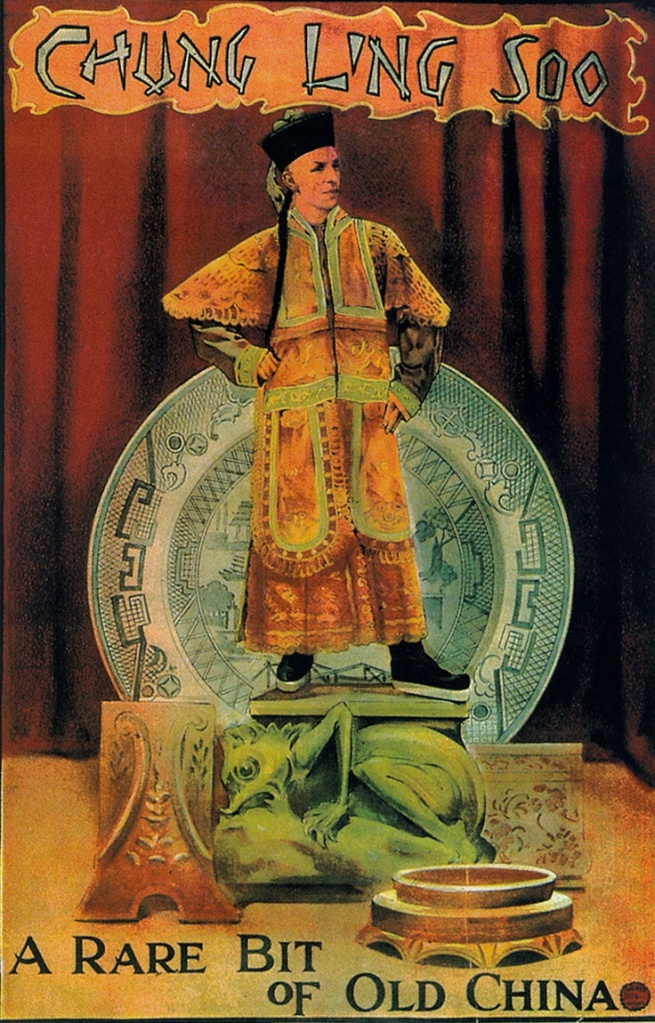
For all that most stories about William Robinson (Chung’s real name) focus on his “deception” or “double life,” everyone who knew him, worked with him, or wrote about him seems to have been well aware that he wasn’t Chinese; the media just played along with the bit in order to help drum up publicity.
Robinson is also famous for having been killed in an onstage accident in 1918. He did a “bullet-catching” illusion as part of his act, and one of the gimmick guns malfunctioned, actually shooting out a bullet and killing him. This is the sort of central theme of The Riddle of Chung Ling Soo; there have been a number of sensational books and articles claiming that Robinson was murdered or committed suicide, which the author tries to debunk. Along the way, though, we get an apparently comprehensive history of this famous career.
I suppose I was expecting some Jim Steinmeyer type of stuff, and indeed I see that Steinmeyer actually has written a book about Robinson, but instead I got something written in the 50s from a history-of-magic perspective, very focused on appreciating Robinson as a magician. This meant that the book included one thing I wasn’t expecting and left out one thing I was.
The thing I was expecting, but wasn’t there: the book doesn’t even acknowledge the idea that the whole Chung Ling Soo bit is pretty racist. It even mentions criticisms levelled at Robinson by a magician who actually was Chinese (or Mongolian; the author can’t seem to make up his mind), but doesn’t seem to perceive that those criticisms were, you know, actually true. It’s all understood as part of the expected flim-flam of show business, which … I suppose it is? But that flim-flam traded on some corby, even offensive, stereotypes. I’m not convinced, and I don’t think a modern writer would leave that point out completely.
The thing that I didn’t expect was the information that Robinson seems to have been warmly welcomed by the Chinese community, particularly in Australia. Apparently, in an environment of pretty pervasive anti-Chinese prejudice, a white dude performing corny Chinese stereotypes was seen as a pretty good thing, perhaps since at least they weren’t corny negative Chinese stereotypes. Obviously, no one was fooled by his “my dad was a British missionary and that’s why I look like a white guy from Philadelphia” bit, but they seem to have been happy enough that this cheeseball variety act was drawing attention to Chinese culture, even if in a completely distorted way. So that’s interesting.
One thing I did expect and was not surprised to find confirmed, given the hagiographical tone of the work, is that Robinson’s personal life, largely absent in the book, was pretty shady. For example, there are some nice words said about his romance with his future stage partner, Olive “Dot” Path, but there’s no mention of the fact that when this romance began he was already married and had a child who he basically abandoned to go be Chung Ling Soo. I mean, not much is said about his family life, but you’d think his other family would have got a look in. Oh well.
These kinds of book are always fascinating to me, less for the historical information, which is often unreliable except in overview, but for the look at what the author thinks is relevant. There’s something interesting about reading the perspective of a writer so immersed in a particular subculture that they don’t feel like they have to explain why they’ve chosen to take a certain position. I’m not sure if I’m explaining that well.
Anyway, I read it on the train and it was fun, even if I admit I skimmed some of the descriptions of performances.



